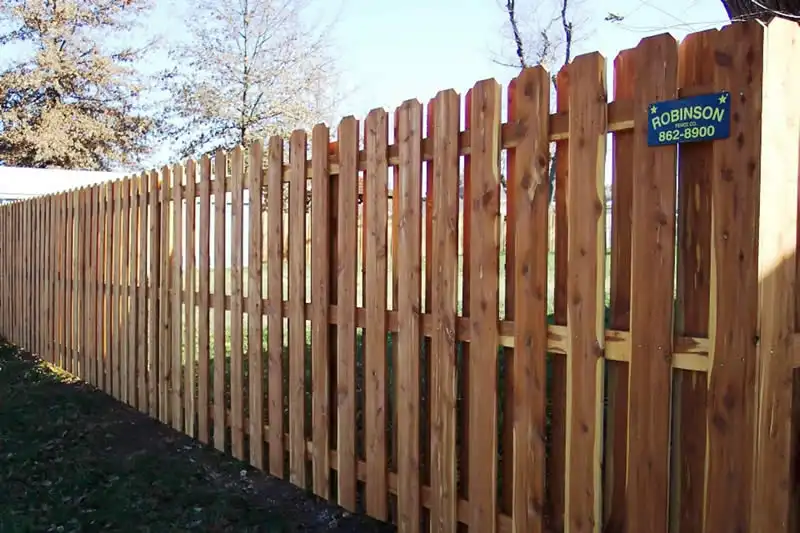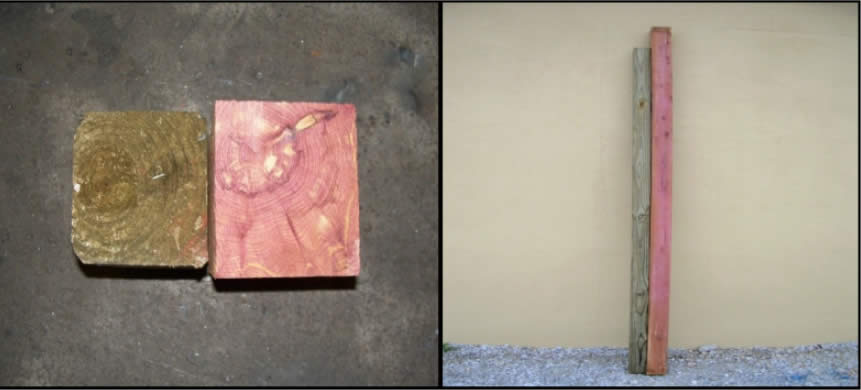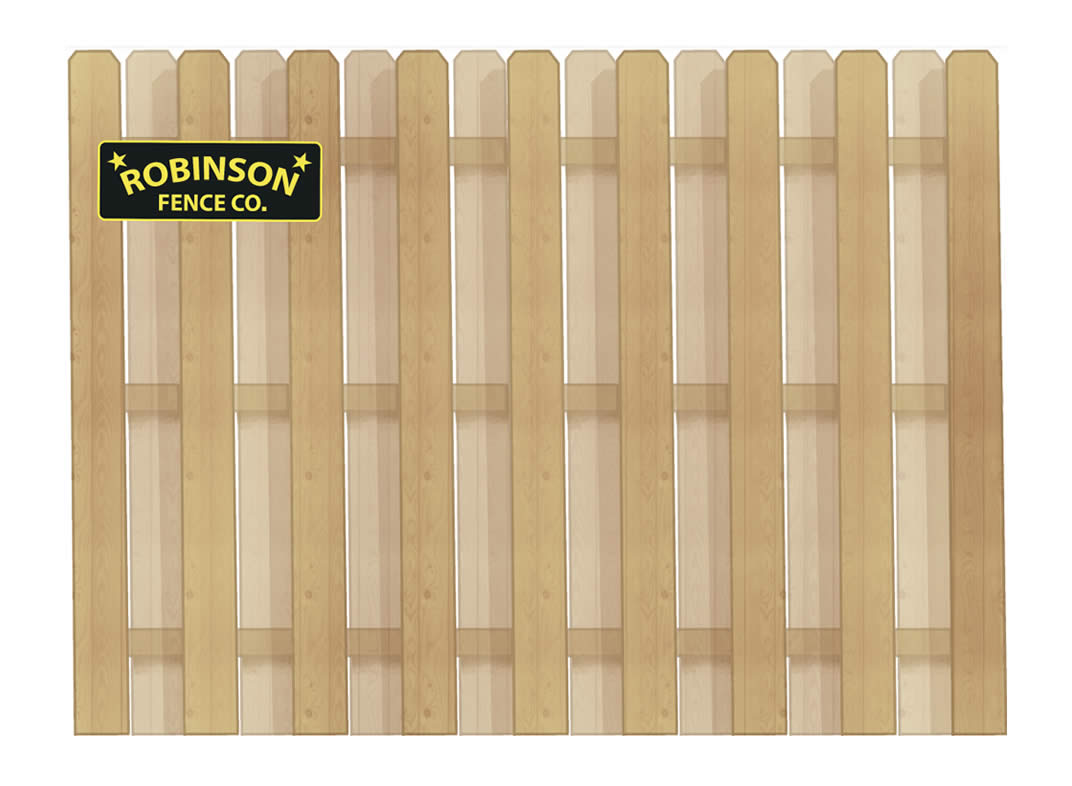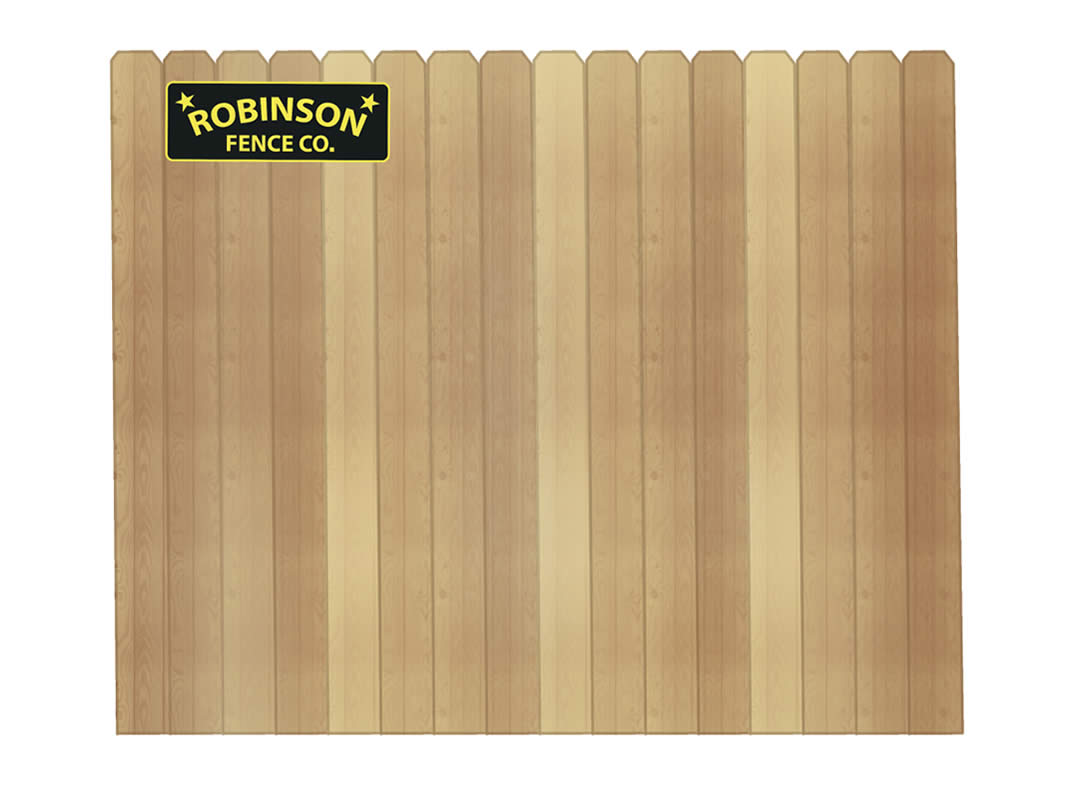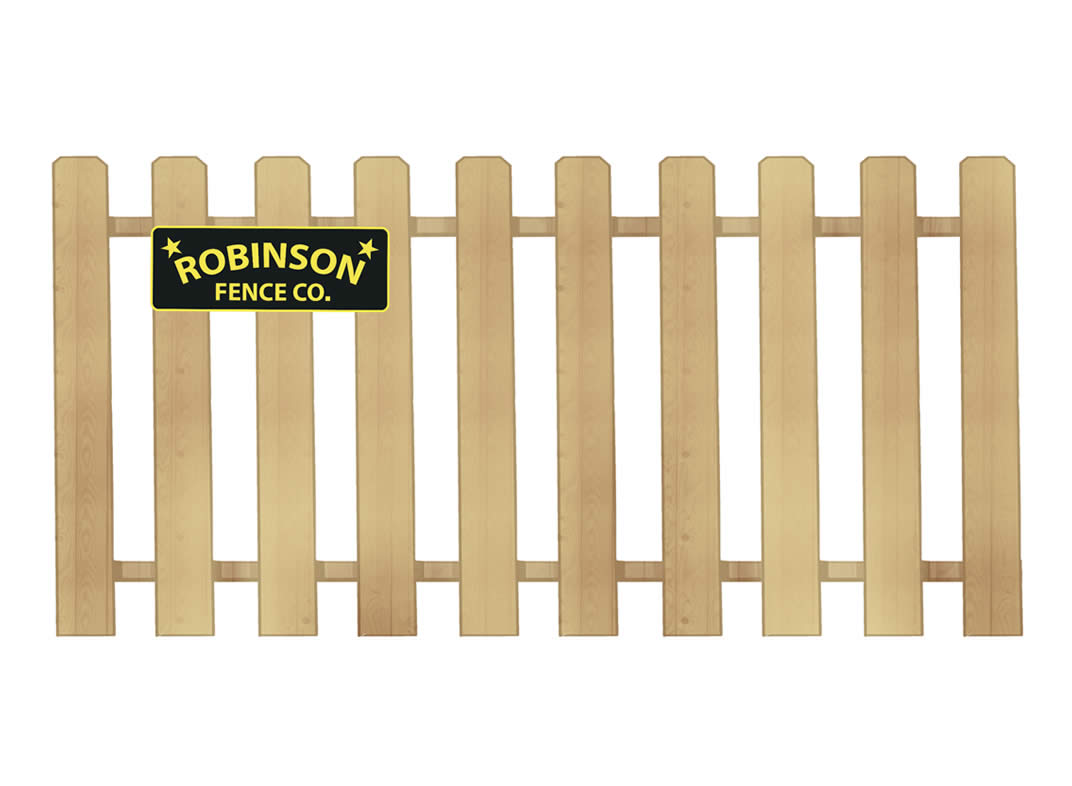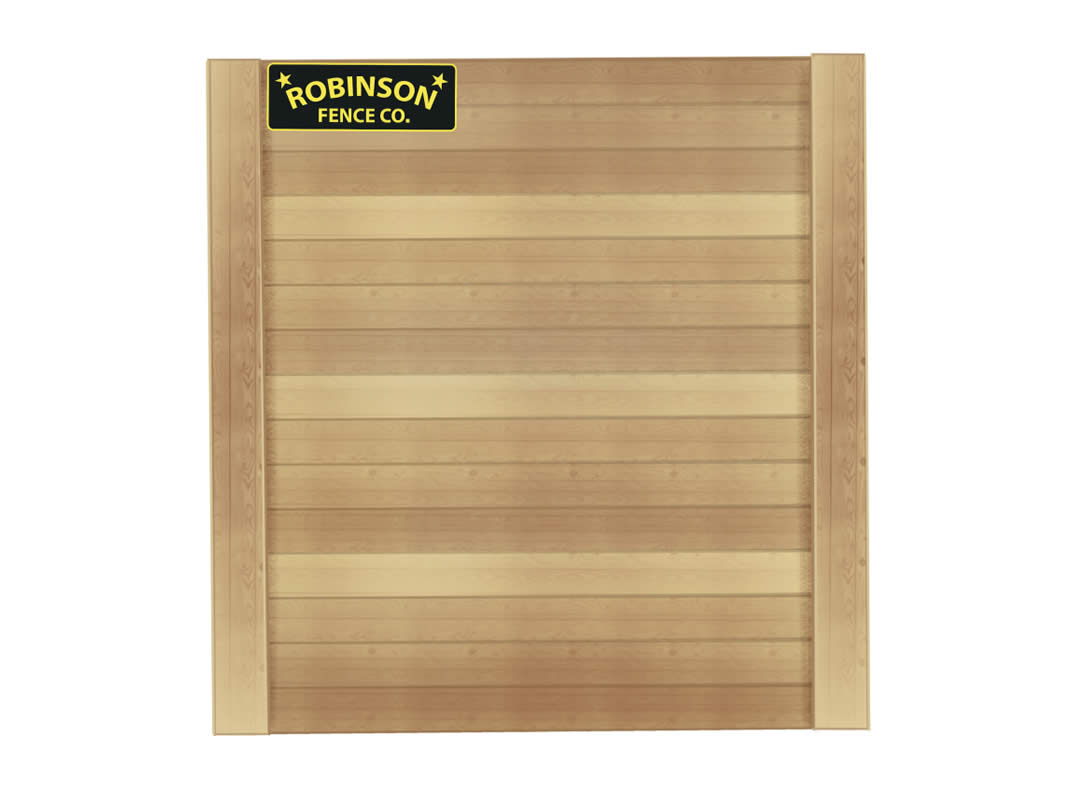The Natural Choice
About Eastern Red Cedar
Fragrant and naturally beautiful, Eastern Red Cedar (ERC) is an excellent choice in wood fencing. Also known as “aromatic cedar,” ERC has fragrantly pleasant oil that repels insects. This is the same cedar used in cedar chests and closets for its fragrance, beauty, and insect resistance.
A Juniper, member of the cypress family, is a very tough and resilient cedar even in ground contact. Because of its rot resistance, we use ERC for your entire cedar fence, including the fence posts. ERC posts have proven to last for decades. Not to be confused with other cedars (Western Red Cedar, Incense Cedar, Northern White Cedar, Chinese Cedar), ERC is the superior cedar. ERC outperforms other cedars in strength and rot resistance. According to the ASTM Standards for Fence Materials and Products, ERC is highlighted as superior in decay resistance and termite resistance. (11th Edition, page 25-26).
- Environmentally safe, no chemicals / additives
- Highly rot and decay resistant
- Highly insect resistant
- Extremely durable and stable
- Beautiful color and aroma
- Weathers to a natural grey

